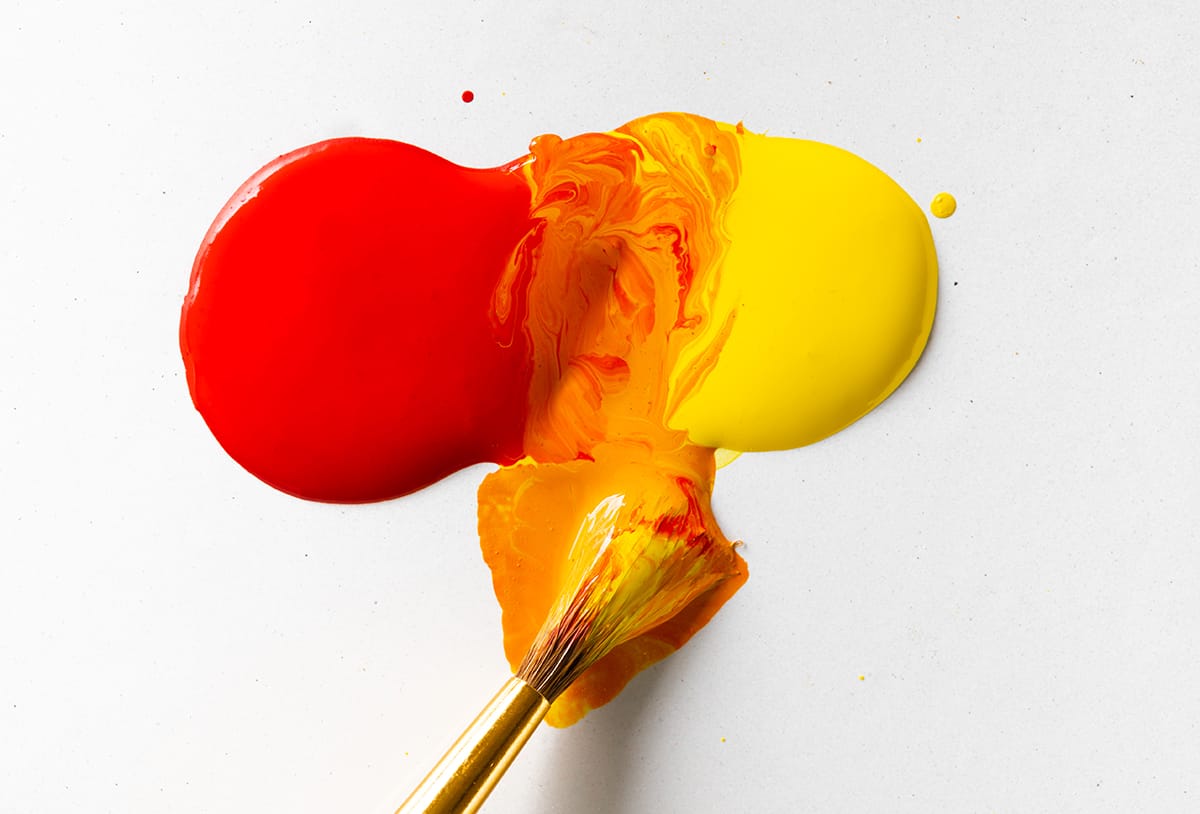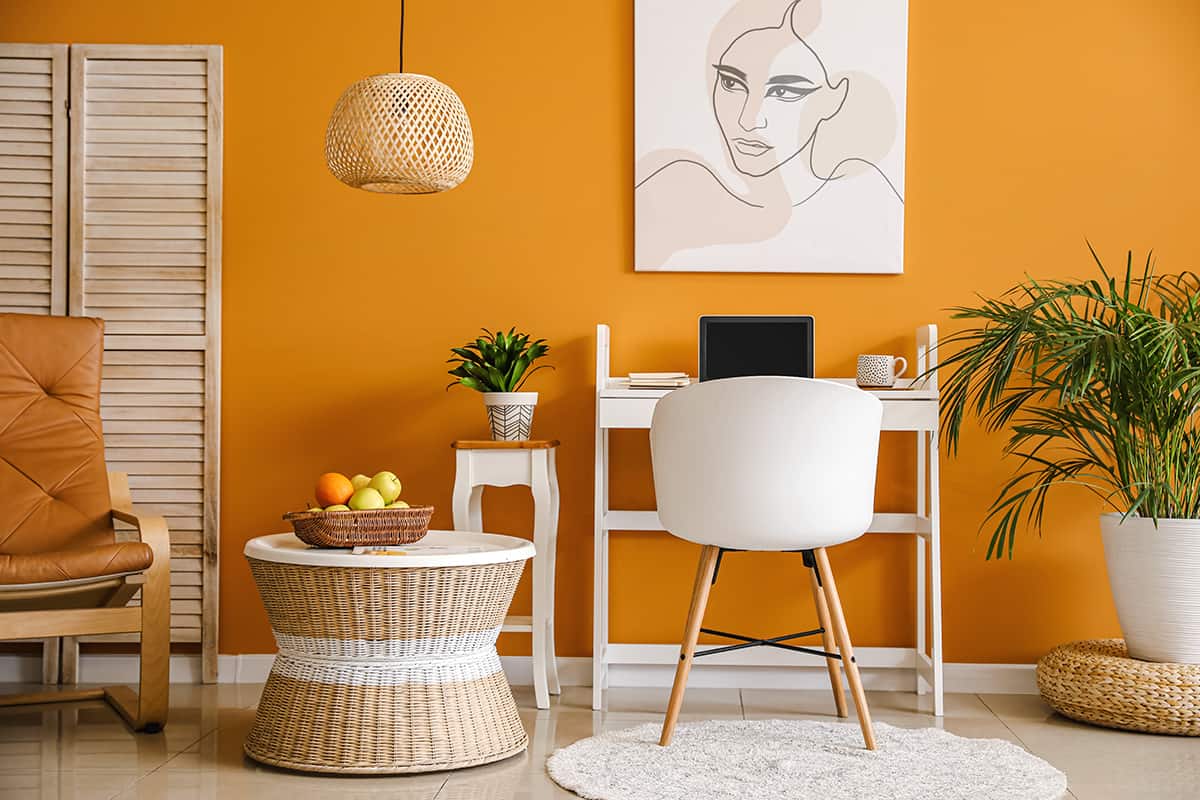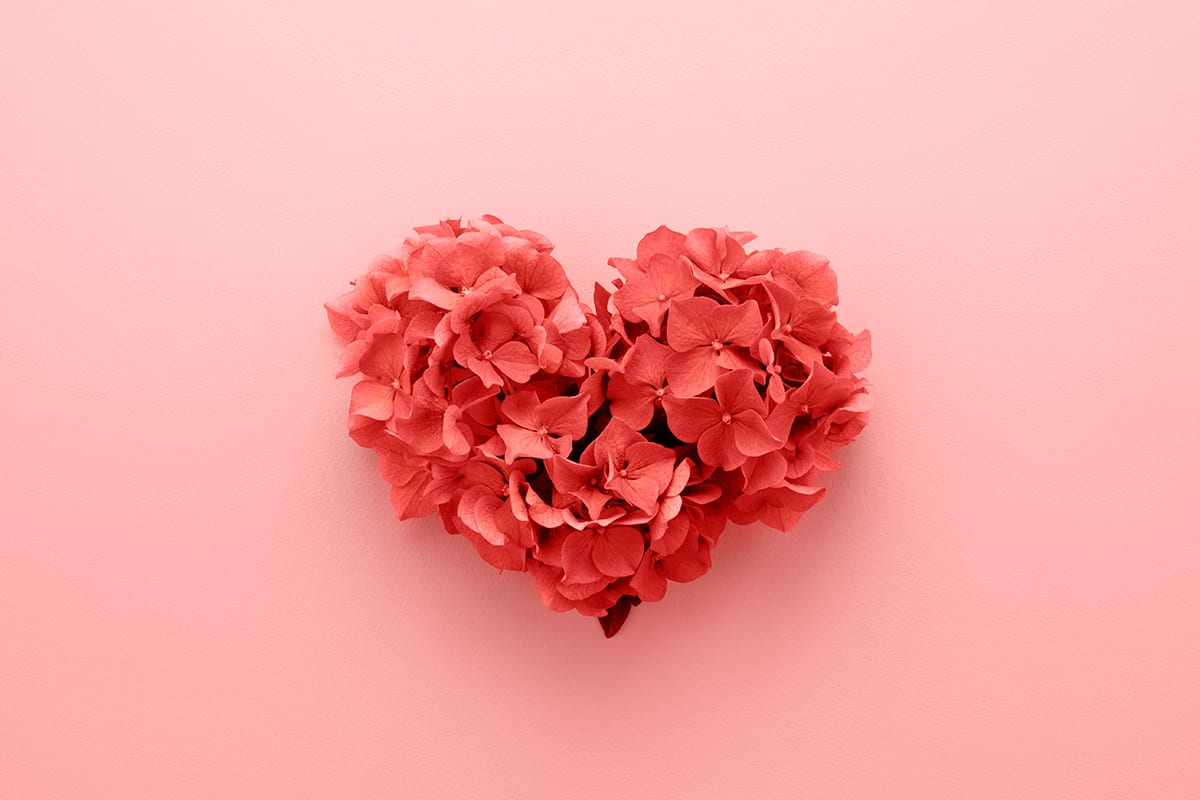Orange is a secondary color on the color wheel, which means it is made by mixing two primary colors.
In order to create orange paint, the colors which need to be mixed together are yellow and red. To achieve a balanced, true orange color, the proportions of red and yellow should be even, so one part red to one part yellow.
In order to create different varieties of orange, you can change the proportions of yellow and red; for example, use a greater amount of red to achieve a more coral type of orange color. Here we explore various ways to make orange and how orange fits into color theory.
What Type of Color is Orange?
Orange is a secondary color, which means it is created by blending two primary colors together. There are three primary colors; red, yellow, and blue. Orange is achieved when red and yellow are mixed together. For a true shade of orange, the proportion of red and yellow in the mix need to be equal.
If you are creating orange paint at home, then you will need to mix equal parts, red and yellow. The shades of red and yellow will need to be primary colors; otherwise, the resulting shade of orange won’t be true. For example, if you mix a deep red with a mustard-colored yellow, then your resulting orange paint is likely to have more of a brown or burnt orange color to it rather than being bright, true orange.
If you’re going for a variation on true orange, then you can use different shades of red and yellow, or you can vary the proportions. When more red is mixed in than yellow, the resulting orange paint will be more of a reddish, intense orange.
When a higher proportion of yellow is used, the orange color will be brighter and sunnier. You can also add white, black, or gray paint to the red and yellow to change the resulting color. Adding white paint will make the paint take on a more pastel tint, while adding gray adjusts the tone of the color. By adding just a drop of black to the mix, the shade of orange will become much darker.
Is Orange a Warm Color?
All of the hues on the color spectrum can be attributed to being warm or cool shade. The warm shades create a warm, cozy atmosphere, while the cooler shades can make us feel refreshed, relaxed, or soothed. Typically the cool colors are green, blue, and purple, and the warm colors are red, yellow, and orange. Since orange is created by mixing two warm colors together, it is most certainly a warm color.
Orange, and variations of orange, such as cinnamon, apricot, terracotta, burnt orange, and pumpkin, are all very warming. These orange colors & shades can be used in home decor to make a room feel inviting and comfortable. Orange is widely associated with the season of fall because this is when many leaves on deciduous trees will fade to a shade of orange or copper. As such, we associate orange with cozy nights snuggled up on the sofa in front of a fire, or time spent with family around a Thanksgiving dining table.
Making Orange Paint from Leftovers
Many of us have leftover paint in the shed or garage, which are remnants of past DIY projects. If you have some remaining red and yellow paint, then you can use these to make a new color of paint; orange.
Orange is an ideal color for children’s bedrooms because it carries gender-neutral energy, and it also feels warm and comforting and inspires creativity.
How to Make Orange Paint
To make your own shade of orange paint, you will need some red and yellow paint to start with. Creating your own paint is not an exact science, especially if the shades you start with are not pure. Instead, it’s best not to set expectations too high and choose a path of trial and error.
Rather than empty one tin of paint into the other, start with an empty container, such as an empty ice cream tub or a bucket. Gradually add in small amounts of yellow and red, mixing as you go.
You will begin to see what type of orange color develops, and you can decide to add a higher proportion of red or yellow along the way, depending on how much you like what you see. If the color you’re mixing looks too red, you can add more yellow, and vice versa.
Dark or Light Orange Paint
Once you’ve achieved a color you like, you can then choose whether to add white or black to the mix to lighten it or darken it. Orange is quite an intense and stimulating color that can be overwhelming when used on all walls in a room, so if this is your intent, then mixing the orange paint with white will make it easier to live with.
When white is added to the orange, a pastel shade of orange will emerge. This could look like a soft tangerine or a pale peach, depending on the amount of white you add and the shade of the orange you create. If you plan to only use the orange paint on one wall as a feature, then you could leave it in its bright and vibrant state, or you could add a drop of black to turn the orange darker.
Can Pink Make Orange?
For a pure, bright shade of orange, you’ll need to combine red and yellow. However, many people are more likely to have pink paint leftover from past painting projects than red paint, as pink is much more popular in home decor. If you do have some pink paint, you can mix it with yellow to achieve a coral or peach shade that will fall under the orange family of colors.
This works because pink is technically just a variety of red, which is achieved by mixing red and white. When you mix pink with yellow, you’re essentially mixing red, white, and yellow.
For a stronger orange, use a greater proportion of pink and a smaller proportion of yellow. This is because it will allow more of the red from the pink paint to shine through. The type of pink paint you are using will, of course, also play a large part in defining the type of orange color you create. Pastel or dusky pinks mixed with yellow will take on a softer color, while hot pink paint mixed with yellow will have a more vibrant, coral-like color.
Can Brown Make Orange?
Adding white to brown will give you a lighter tint of brown, which could be close to tan or beige depending on how much white you add. If you want your brown tint to take on a more orange hue, then you can experiment by adding small amounts of yellow, red, or pink.
Although brown does contain some orange, mixing it with white won’t draw out the orange, and instead will just mute the brown. Brown is a tricky color to work with because it can easily result in murky paint, so it’s best to avoid this color when making orange.








